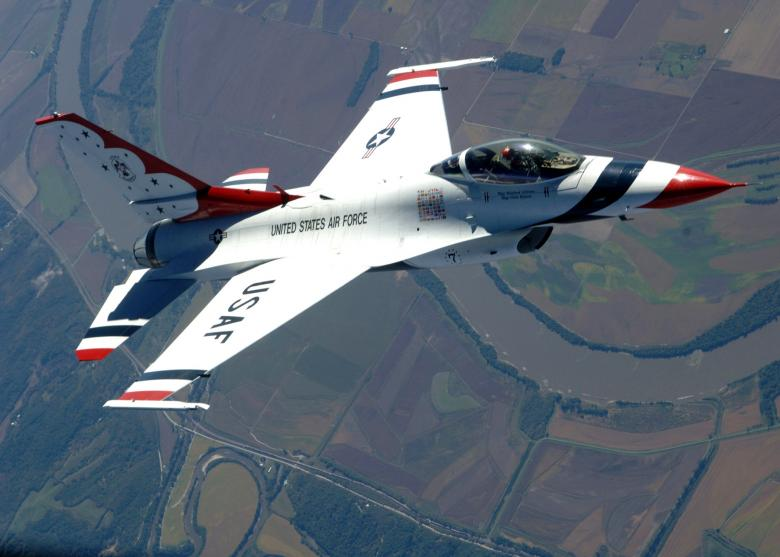
How many kills must be confirmed before an airframe is a legend? Decades after World War II have witnessed America sending planes that not only set epochs of air warfare but also recorded great often disputed air combat records. The Jet Age had in store for the world a new generation of fighters with speed coupled with sophisticated avionics and changing doctrines of air supremacy. But as the record indicates, kill lists are just half the story.
To defence writers and military airplane buffs, to be knowledgeable about these planes is to look beyond simple body counts. It is to consider the circumstances under which they were employed, the enemies they battled, and technological innovation that made them the best or left them behind. This ranked list examines nine of the deadliest post-WWII U.S. fighter planes by confirmed kills, combining operational history, technological impact, and the characteristics of contemporary air warfare.

1. F-86 Sabre – Legend of the Korean War
The F-86 Sabre is the most iconic of American fighters, with almost 800 attested to victories in the Korean War, although scholarship today assigns about 200. In the air over “MiG Alley,” it fought history’s first jet-to-jet dogfighting air combat against the Soviet-designed MiG-15. According to Douglas Dildy and Warren Thompson in F-86 Sabre vs MiG-15: Korea 1950-53, the Sabre enjoyed an estimated overall kill ratio of 5.6:1 but only 1.4:1 when confronting first-rate Soviet units.
Its success owed something to causes independent of brute airplane performance competent pilots, radar-assisted gunsights, and ploys such as “hawking” the enemy airfield. The Sabre’s bubble canopy and hydraulic flight controls provided better vision and control response, virtues later equated with John Boyd’s OODA loop theory though historians are careful not to exaggerate their significance in the context of the attrition nature of the war.

2. F-4 Phantom II – Workhorse of Vietnam
The F-4 Phantom II attained 150 U.S. air-to-air victories 107 by the Air Force, 40 by the Navy, and 3 by the Marines. As a multirole fighter, it was irreplaceable and had the capability to carry any number of missiles and bombs and travel at speeds of over 1,473 mph. In addition to its kill tally, initial Phantom combat exposed missile unreliability and dogfighting skills shortfalls, which spurred pilot training and tactics reforms. Those lessons carried through into initiatives such as TOPGUN, which greatly enhanced kill rates in subsequent conflicts.
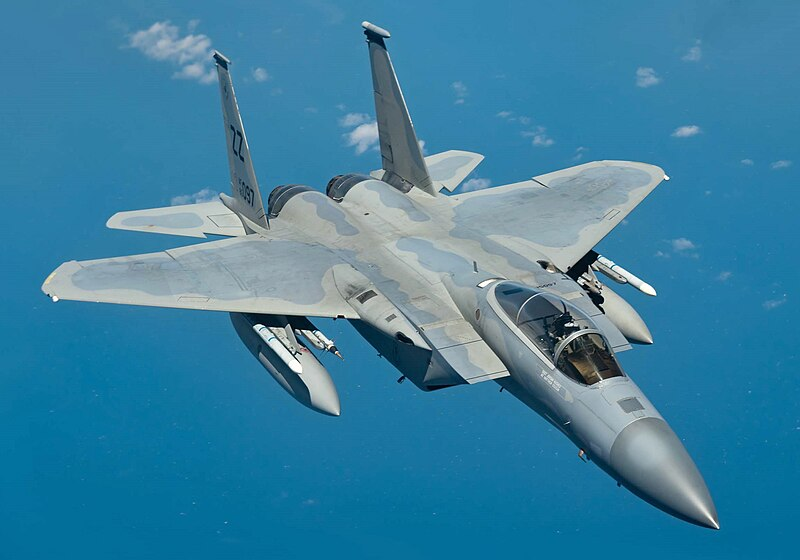
3. F-15 Eagle – Desert Storm Dominance
The air-superiority F-15 Eagle proved itself capable in Operation Desert Storm when the F-15C variant was responsible for the lion’s share of the USAF air-to-air victories. Its top speed is 1,875 mph and utilizes the latest radar to have a blemish-free combat record in American service no F-15 has ever been lost in combat to hostile aircraft. Its combination of range detection, heavy missiles, and pilot training made the Eagle one of the deadliest of late 20th-century fighters.
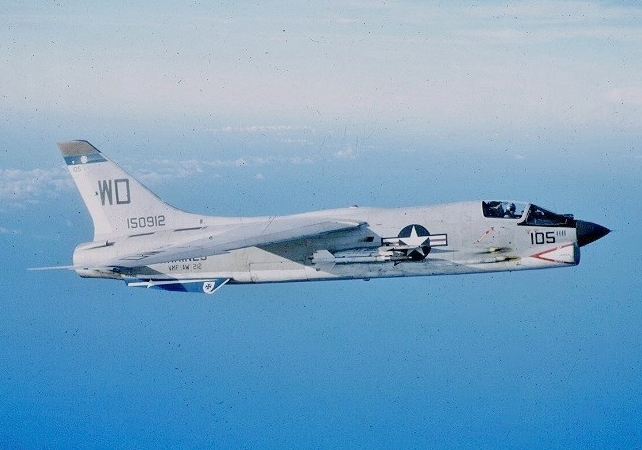
4. F-8 Crusader – Vietnam’s ‘Last Gunfighter’
Codename “The Last Gunfighter” for its internal cannon firepower, the F-8 Crusader scored in the high teens in the Vietnam War. It could reach 1,118 mph and was a superior dogfighter at close ranges when missile technology was still in its infancy. Its combat success demonstrated the long-term validity of guns in combat in spite of the missile era, and it helped shape future fighter design to continue using internal cannons.

5. F-105 Thunderchief – Strike Fighter with Teeth
The F-105 Thunderchief was designed as a strike plane, but all of its air-to-air success occurred in the Vietnam War. It had a top speed of up to 1,390 mph and brought heavy loads of bombs deep into enemy territory.
That it survived and fought back under high-threat conditions proved the worth of multirole capability even for planes designed with a primary mission other than air combat.
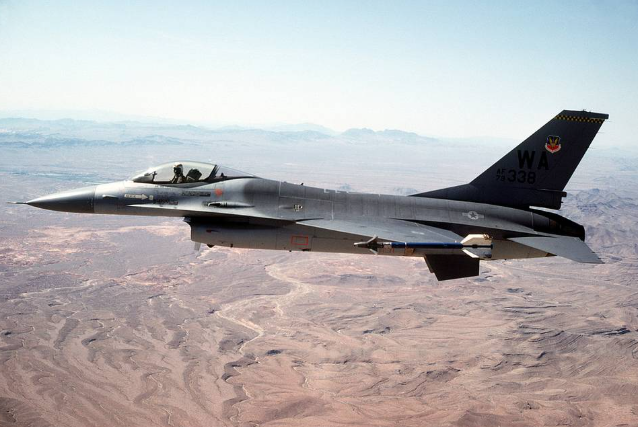
6. F-16 Fighting Falcon – World Performer
The American kill count of the F-16 Fighting Falcon is small compared to its international deployment, where countries such as Israel and Pakistan have racked up numerous victories. American pilots had a few kills on no-fly-zone missions and in the Balkans. At a top speed of 1,317 mph and with a highly responsive shape, the F-16’s design ethic agility and pilot visibility has ensured the aircraft is a favorite across the globe, despite its low U.S. combat rates.
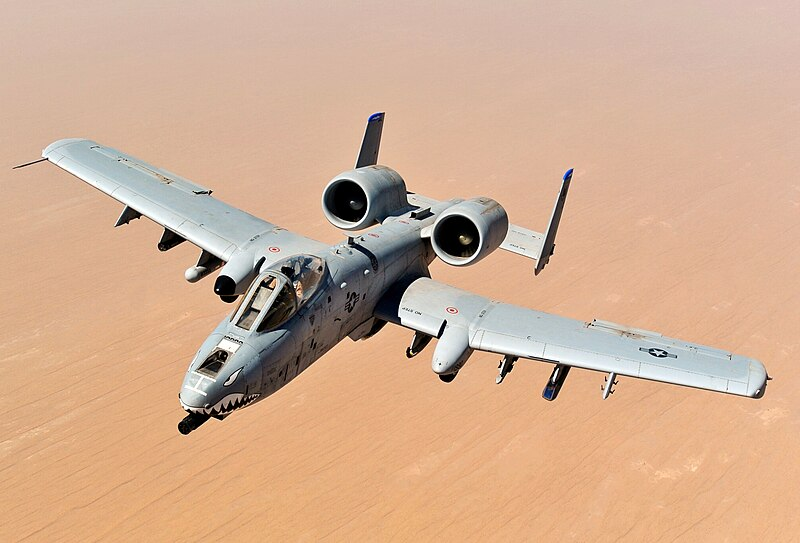
7. A-10C Thunderbolt II – Surprising Air-to-Air Victories
Its use in close air support makes the A-10C not an air-superiority fighter. It destroyed two helicopters in 1991, however, during the Gulf War. With the 30mm GAU-8/A cannon, it is designed to kill targets on the ground. Such occasional air-to-air victories point to pilot and platform flexibility against unforeseen threats.
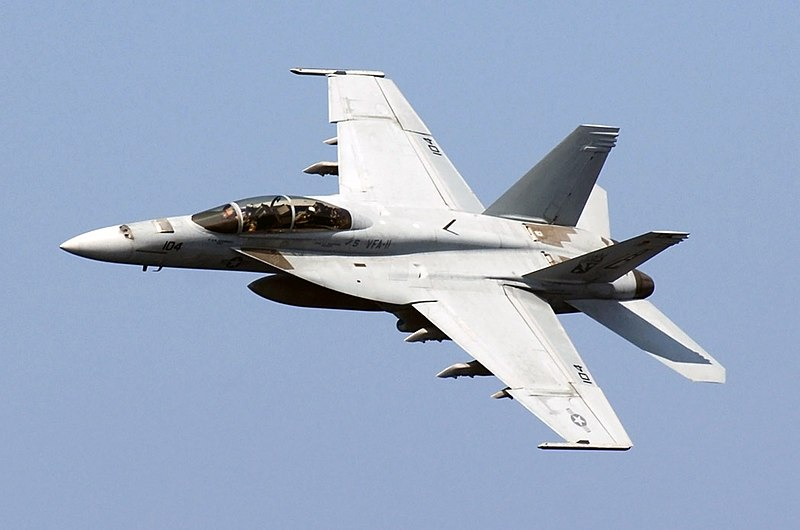
8. F/A-18 Super Hornet – Carrier Fighter of Today
The F/A-18 Super Hornet’s greatest air-to-air success was in June 2017, when it downed a Syrian Su-22. It has also pursued and destroyed drones in certain instances. As a multirole fighter on carrier aircraft, it integrates strike with fleet defense and makes U.S. naval air wings agile in shifting threat environments.

9. F-100 Super Sabre – Early Jet Combat Lessons
The F-100 Super Sabre saw few air-to-air kills in Vietnam, where most remained in the probable category instead of confirmed. At a speed of 864 mph, it was used for various purposes such as reconnaissance. Its relatively few kills are a reflection of the transitional phase of early supersonic planes, where technology and tactics were still being defined to address the needs of modern air warfare.
Kill.body counts are a persuasive tool, but they are only half of the record of an airplane. Pilot training, doctrine of engagement, enemy pilot skill, and mission profile generally balance as much as cold performance. From the troubled Korean War record of the Sabre through the Eagle’s unblemished air combat record, these planes are the epitome of the multifaceted dynamic interplay of technology, doctrine, and man capability that characterizes air warfare. In the interests of history, and that of analysis, the real test of these planes is not how many victories they won, but the operational and strategic missions that they performed in contributing to the formation of the new air world.


